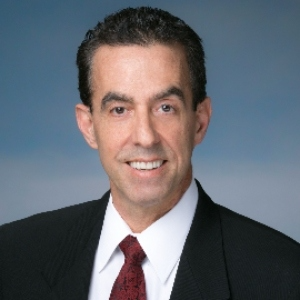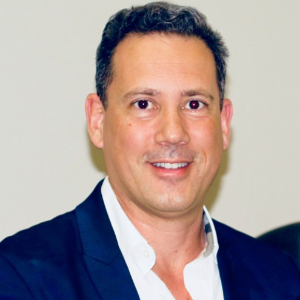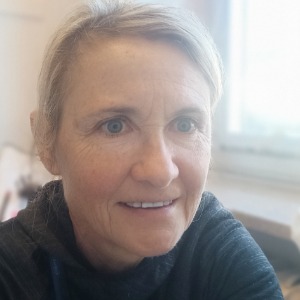HYBRID EVENT: You can participate in person at London, UK or Virtually from your home or work.
Physical Recovery Science Methods
Physical Recovery Science Methods
Physical recovery science methods are evidence-based techniques designed to improve strength, flexibility, and functional mobility following injury or illness. Progressive overload, a method where exercise intensity gradually increases, aids muscle regeneration and strength. Techniques such as joint mobilization improve range of motion, and innovative tools like cold laser therapy accelerate tissue healing. Recovery science emphasizes combining these methods with physical therapy to address each patient’s unique stage of healing. By focusing on effective, tailored treatments, physical recovery science helps patients achieve long-term physical health improvements and a faster return to daily activities.
Committee Members

Jay Spector
American Academy of Podiatric Sports Medicine (AAPSM), United States
Marcia J Scherer
Institute for Matching Person and Technology, United States
Marcos Brioschi
American Academy of Thermology, United States GCPR 2026 Speakers

Blair Gorenberg
Shirley Ryan Abilitylab, United States
Roberta Sartori
IRCCS Materno-Infanitle Burlo Garofolo, Italy
Cho Li Yin
Taichung Veterans General Hospital - VGHTC, Taiwan




Title : Best practice guidelines for the use of pharmacological neuromodulation in disorders of diminished motivation: A comprehensive approach
Vaidya Balasubramaniam, Illawarra and Shoalhaven Local Health District Hospitals, Australia
Title : A forgotten component of knee osteoarthritis
Ron Blehm, EEI Physio LLC, United States
Title : Functional outcomes of DSSA-Based pelvic rehabilitation combined with manual therapy and electrostimulation in men after oncologic surgery: A retrospective case series
Eren Uyar, Fizyomen Physiotherapy & Rehabilitation Center, Turkey
Title : We are living and working in the age of individualization
Marcia J Scherer, Institute for Matching Person and Technology, United States
Title : Efficacy of Inspiratory Muscle Training (IMT) in post-weaning ICU recovery: A clinical randomized controlled trial
Warda Khan, Chongqing Medical University, Pakistan
Title :
Subramanya Adiga, Middlemore Hospital, New Zealand